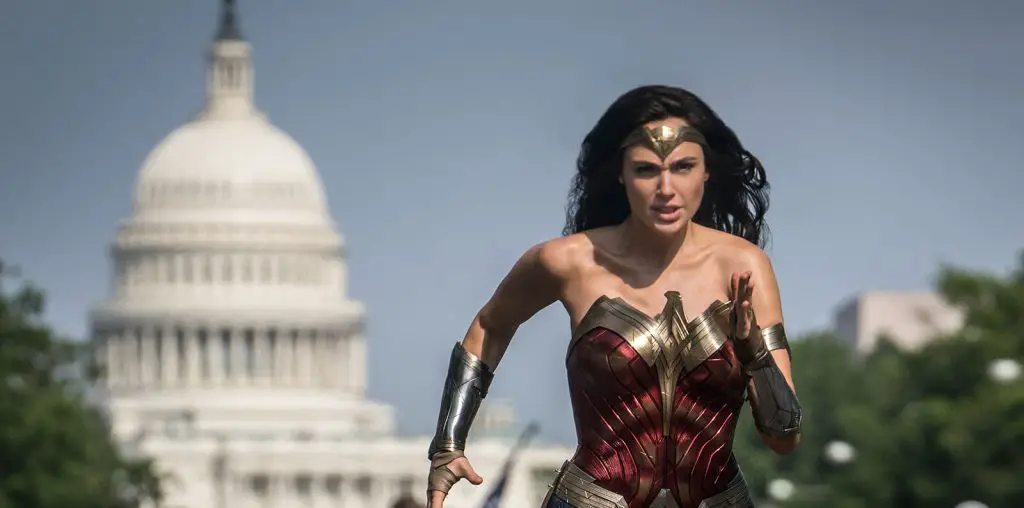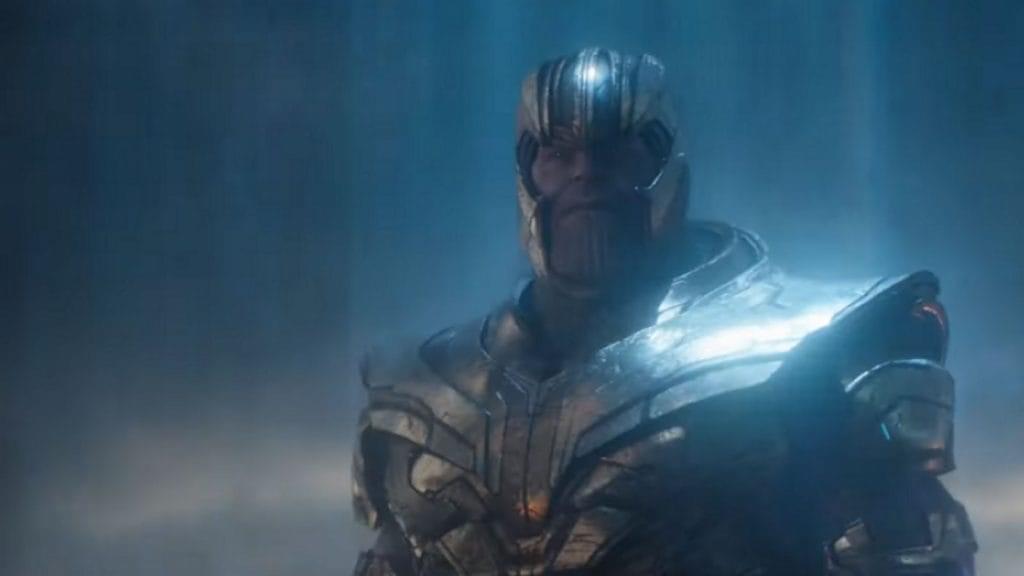
Which Movies Are Hollywood’s Most and Least Successful Gambles? From the Hollywood blockbusters that defied the odds to misplaced millions being burned away at the box office, what are the biggest gambles in US movie history? Due to the sheer amount that movies cost to produce and advertise, and the increase in competition to cinemas, it’s tough to say if any film isn’t a gamble anymore. Even the biggest, most seasoned studios take massive losses from time to time. Still, in equal measure, they’ll put out movies that greatly exceed expectations and make millions of dollars in profit.
However, the US has a penchant for taking risks – it’s embedded in the history and heritage of the nation – and so, recounting the gambles of Hollywood in itself can be rather entertaining. So, let’s see what could be burning in the subconscious of these cinematic risk-takers, as well as some of the biggest gambles that paid off and flopped in recent cinematic history.
A Wild West essence of being
The American frontier is a huge part of the history behind the US, with the Old West spurring tales of people seeking their fortunes in the wildlands on the other side of the continent. The paths were dangerous, lawlessness ran amok, and people would exploit any opportunity to defy the rule being laid down in the east. Of course, western movies have had their day, but it all speaks to a distinctly American affinity for a gamble.
Nowadays, we see Las Vegas as the pinnacle of American gambling, with modern life not incurring the same hardships as once drove the myths of the Old West. Now, people turn to US online gambling sites for more information on where to place their bets and spin the wheels of classic table games. So, while gambling for one’s very existence as they did in the Wild West has faded, the desire to roll the dice is still very much embedded in American culture, from playing those classic games to betting big on a movie project.
When Hollywood gambles, wins and losses are equally tremendous
Easily one of the biggest gambles in US cinematic history came right at the end of the 00s, with hundreds of millions being pumped into a brand new IP and somewhat gimmicky technology. It may be easy to see why it succeeded now, but Avatar was a tremendous risk for 20th Century Fox. The production and distribution company pumped some $300 million into production alone, as detailed in this piece, but just the first three weekends saw the poignant futuristic sci-fi reel-in $1 billion.
Avatar was James Cameron’s first big project since yet another gamble on one of his works paid off in a huge way. Titanic, which you can read about on this page, was feared by studios, which resulted in 20th Century Fox, Paramount Pictures, and Lightstorm Entertainment all taking on some risk. The risk for the eventual 1997 release came from the tremendous, water-set flop Waterworld, which lost some $175 million in 1995.
Despite the relatively unknown leads, Titanic was a huge success at the box office and critically. It turned a $200 million budget into nearly $2.2 billion at the box office and as many Academy Awards as Ben-Hur and The Lord of the Rings: The Return of the King. So, it appears as though Cameron and Fox make quite the gambling duo, even if it’s a rather un-American duo of an Australian-owned company and a Canadian director.
In the wake of Avatar, there was a rush for massive, colorful, sci-fi pictures that could be transformed into franchises and make even more than Cameron’s record-setter. The media titan Disney was one of the frontrunners to achieve the feat, putting a sum that was reported to be $275 million into bringing John Carter of Mars – the protagonist of Edgar Rice Burroughs novels – to the big screen.
Many pointed to the lackluster and generally poor advertising campaign attempting to push what would be a brand new property to many moviegoers. Others said that dropping “from Mars” from the title was an equally foolish decision, with just “John Carter” meaning very little as a movie title. In the end, the 2012 release scrambled to stop the rot at around a $122 million loss at the box office, with the trilogy canceled. Luckily for John Carter, it’s edged as the most expensive movie flop by the $150 million lost by King Arthur: Legend of the Sword.
Of course, Disney has continued to be a money vacuum, allowing it to gamble even more than before. It gobbled up 20th Century Fox, Lucasfilm, and Marvel in the space of a decade, forking out billions. With $1.8 billion in box office profits and over $2 billion paid further to create theme parks and more, it’s unclear if the initial $4 billion gamble on Star Wars will pay off, but the Marvel gamble certainly has already.
While Disney didn’t lay the groundwork or do the initial gambling, the company can be credited with giving the production team as much as it needed after the takeover, culminating in the biggest movie ever, Avengers: Endgame. Of course, prior to that, Marvel Entertainment risked it all on a somewhat less-mainstream hero, Iron Man, an untested format of standalones coming together for The Avengers, and the ragtag team of Guardians of the Galaxy.
Gambling is all but embedded in American culture, which only makes looking to the movie industry all the more entertaining.


